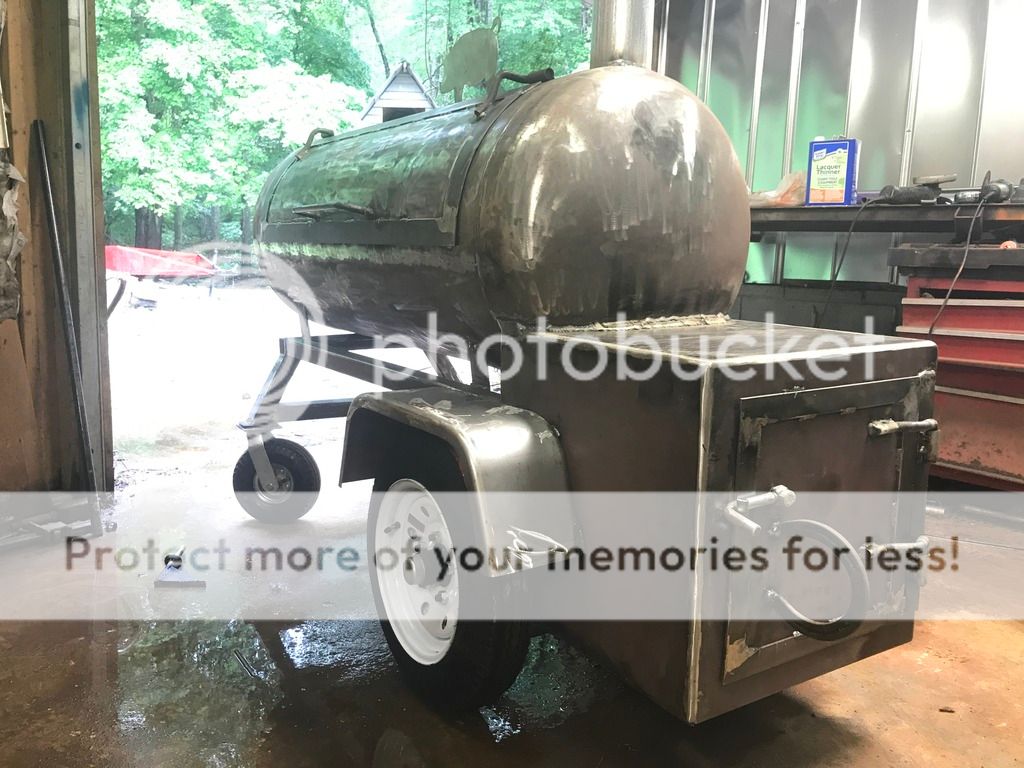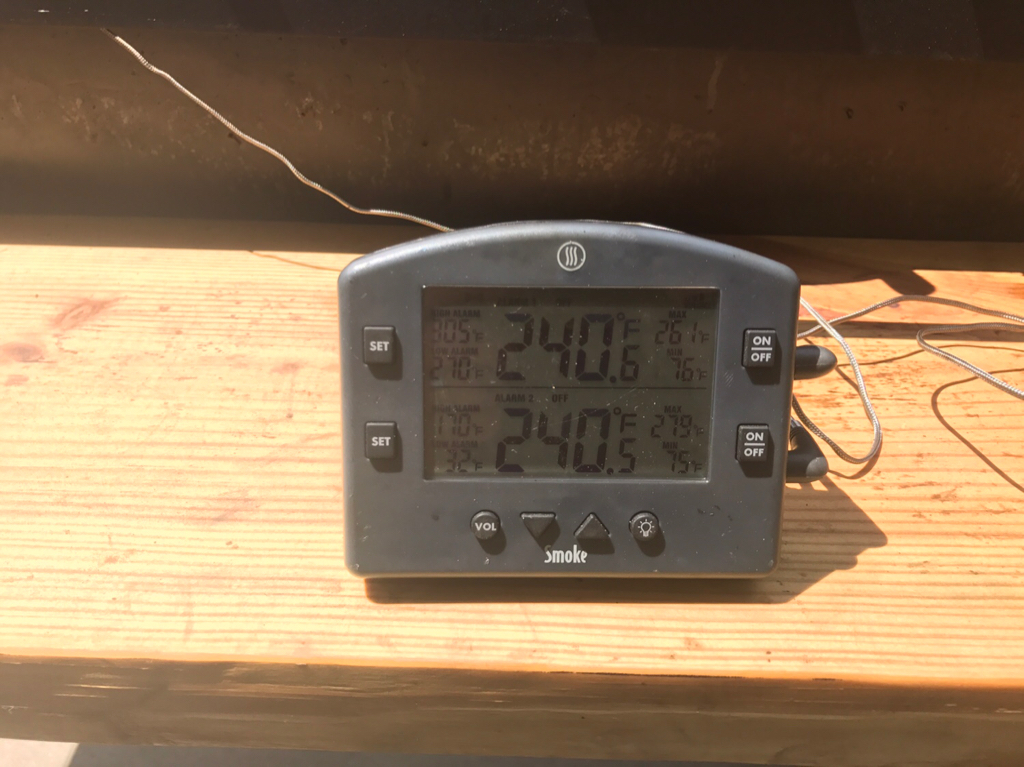jtippers
Found some matches.
Hail BBQ Brethren,
First time poster on this forum, so please excuse if this is in the wrong location.
I am in the process of building a new reverse flow stick burner from an old 120 gallon propane tank. I can't seem to find any info concerning the thickness of the heat baffle.
Working with my granddad on the project and he picked up a piece of #10 sheet metal (really thin) and swears it will work... This is the only part of the smoker I am worried about. Am I justified in thinking we needed a much thicker piece of metal, or do you think the 10 gauge will work?
Would like to fix it, if needed, before we start painting and burning it in.
Many thanks in advance!!!
-J



First time poster on this forum, so please excuse if this is in the wrong location.
I am in the process of building a new reverse flow stick burner from an old 120 gallon propane tank. I can't seem to find any info concerning the thickness of the heat baffle.
Working with my granddad on the project and he picked up a piece of #10 sheet metal (really thin) and swears it will work... This is the only part of the smoker I am worried about. Am I justified in thinking we needed a much thicker piece of metal, or do you think the 10 gauge will work?
Would like to fix it, if needed, before we start painting and burning it in.
Many thanks in advance!!!
-J



Last edited:






